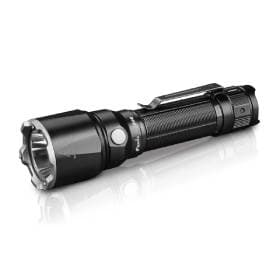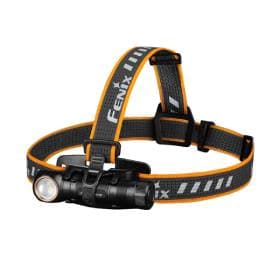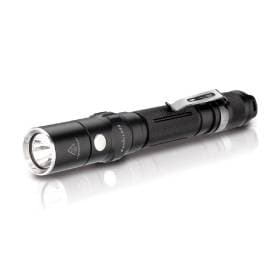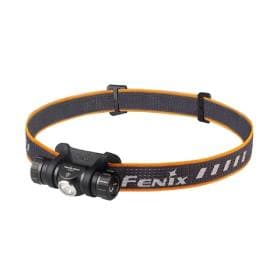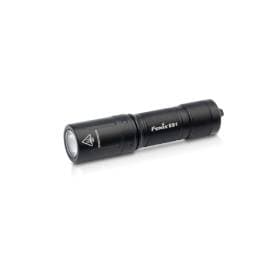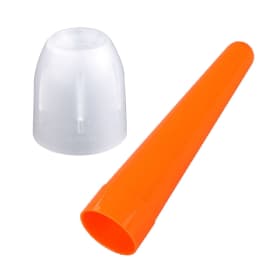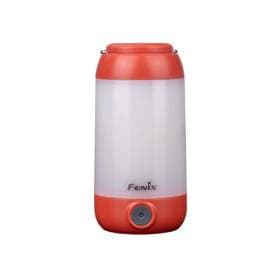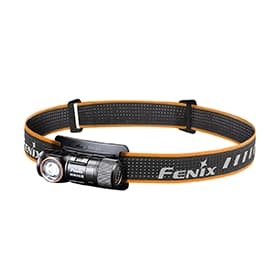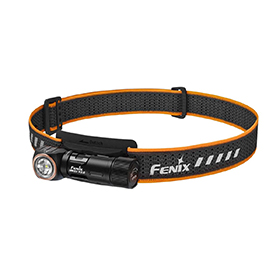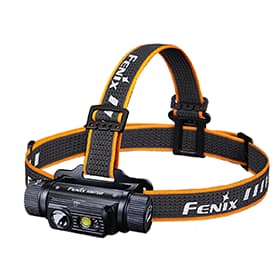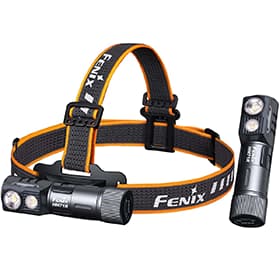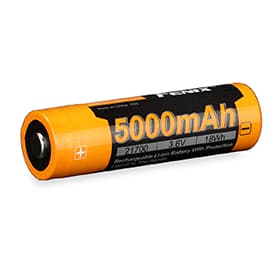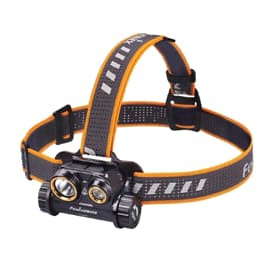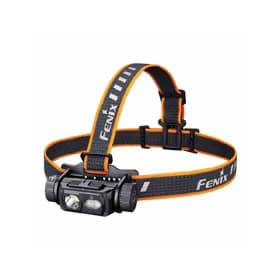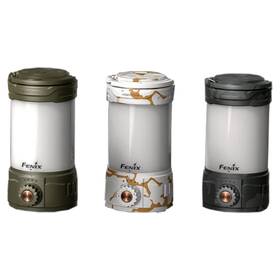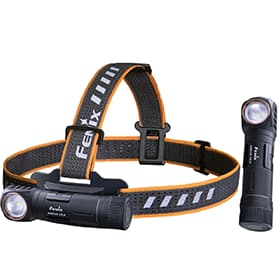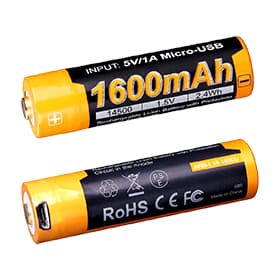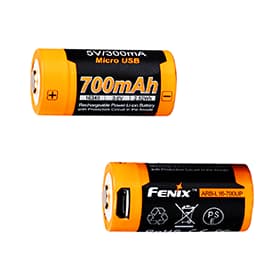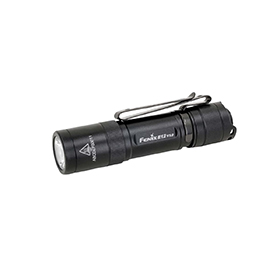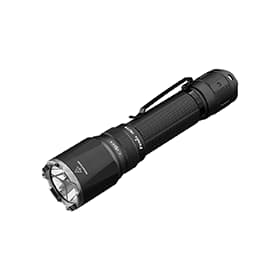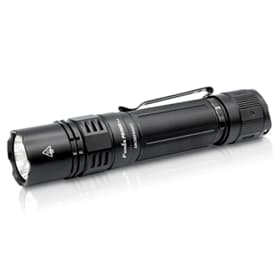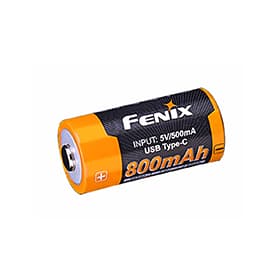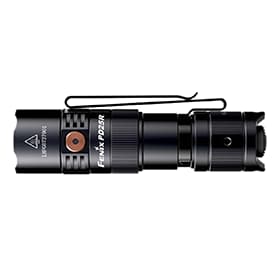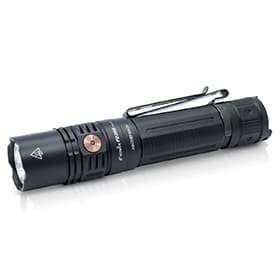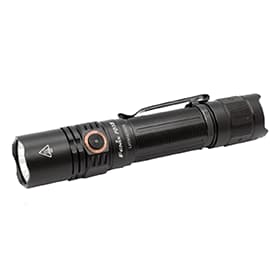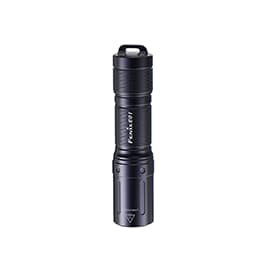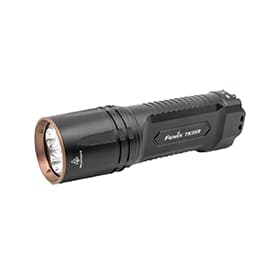COEC's Choice in Fenix Flashlights
Popular This Winter
Types of Flashlights
Choosing The Right Flashlight
Flashlights, and in particular LED flashlights are currently experiencing a renaissance in terms of power, output and function. LED’s are vastly more efficient than their incandescent bulb ancestors, they last orders of magnitude longer, are infinitely more durable, and are much, much brighter. LED flashlights are doing what computers did in the 1980’s: exponentially increasing their power and efficiency every year. This makes for a large array of lights to choose from.
Deciding on battery chemistry, flashlight size, and what characteristics you prefer for your purposes will help guide your decision when choosing a flashlight.
Flashlight Battery Types
We suggest selecting a suitable flashlight by starting with deciding what battery type you’d like to power your light: AA and AAA batteries, or lithium and lithium ion batteries. Both have advantages and disadvantages. AA batteries are ubiquitous. Widely used, and widely available, any corner store or gas station will have them, and you most likely have some in your home already. Available in both single use (alkaline) or rechargeable (NiMh) varieties, rechargeable AA batteries can provide up to 1500 charge cycles - greater than lithium ion. Lithium batteries are more power dense that alkaline or NiMh AA batteries, which means lights powered with them are smaller and brighter than their AA counterparts. They also offer excellent cold weather performance, but lithium batteries are not as easy to find, so investing in a set of batteries and a charger usually accompanies the purchase of a lithium battery flashlight.
Flashlight Beams
Once you’ve decided on battery chemistry, decide on whether you want your light to provide a beam that floods or throws. Lights that flood light up a broad area, have a wide centre spot but do not penetrate the darkness very deeply. If you inspect machinery or vehicles at close range, or want to light up a whole campsite at once, this is the light for you. Lights that beams that throw have a deeper reflector, a narrower beam, and a hotter centre spot that will disperse light further into the darkness - good for illuminating things from a distance.Flashlight Output in Lumens
Light output, measured in lumens is a measure of total output, and is not a good indicator of how bright a flashlight will appear: a 1600 lumen flood light can look less bright than a 900 lumen flashlight with more throw - even though it’s overall light output is higher. Light temperature (colour) will also affect how well a light illuminates. Neutral (warmer) whites provide more detail, while cooler (bluer) whites are starker and provide more contrast. Someone using a flashlight for search and rescue may choose a different light than a hiker or a camper.

